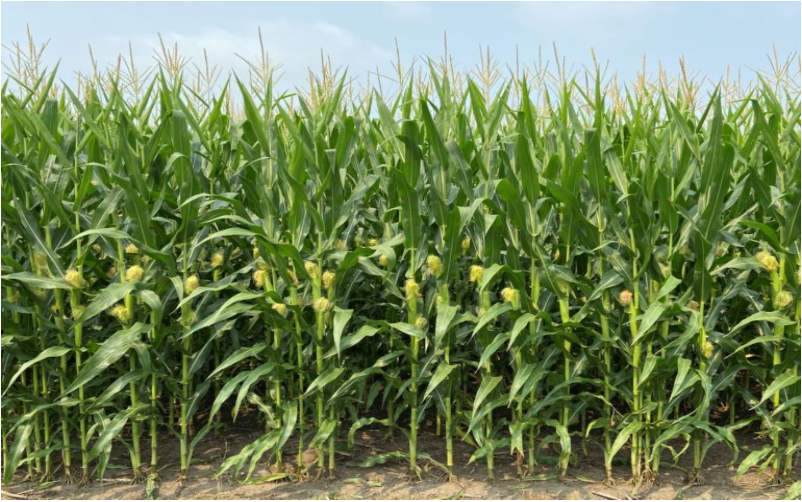To minimize the loss of nitrogen (N) from fall–applied anhydrous ammonia (AA), seal the application
slot, avoid applications on poorly–drained or excessively well–drained soils, wait till soil
temperatures approach freezing, and use a nitrification inhibitor1.
First things first, get a good seal on the application slot to avoid direct loss of ammonia to the air. This
can be difficult when soils are either sopping wet or bone dry. If you can smell ammonia, N is being
lost – this is especially troubling if you can still smell ammonia several days after application.
Ammonia that is trapped in the soil after application can be lost later by two mechanisms. On poorly–
drained fields (heavy textured and wet) nitrate–N produced from ammonia can be lost to the air when
soils are saturated. On excessively well–drained fields (sandy soils with low water holding capacity)
the ammonium–N and nitrate–N produced from ammonia can be leached with excess rainfall below
the rootzone. Fields with optimum drainage result in lower N loss than those that are poorly– or
excessively well–drained. Nitrogen losses can occur throughout winter but the greatest losses occur
in spring when soils warm up and are ponded and/or the tile drains are flowing.
Delaying AA application until soils become cold is important because soil microorganisms convert
ammonia to nitrate–N much more slowly as temperatures approach 32oF, where conversion of
ammonia to nitrate–N stops. The less nitrate–N produced the lower the chance of N loss. The standard
advice is to wait till soils at a 4–inch depth are consistently below 50oF and soil temperatures are
expected to continue dropping to freezing. In the northern half of Indiana this could occur anywhere
from the last couple weeks of October to the first weeks of December. Fall application of AA south of
Interstate 70 is discouraged because of warm and fluctuating soil temperatures throughout winter.
A nitrification inhibitor is a substance that slows the activity of microorganisms that convert
ammonia to nitrate–N, thus reducing the loss of N from fall–applied AA. Consider using a nitrification
inhibitor1 if you fall–apply AA.
Lastly, in addition to implementing agronomic best practices remember those practices necessary to
keep everyone safe when handling, transporting, and applying anhydrous ammonia2.
1Nitrogen Extenders and Additives for Field Crops. 2017. D.W. Franzen and NCERA–103 Committee,
North Dakota State University SP1581 (Revised).
2Anhydrous Ammonia – Understanding, Avoiding and Mediating Inherent Risks. 2021. F. Whitford
and others. Purdue University Extension PPP–140.



